HERMANN SCHLENKER'S FILM AND PHOTO COLLECTION
03.12.2020
The Hermann Schlenker's film and photo collection is one of the largest in the Weltkulturen Museum: it currently comprises 188 ethnographic films and around 7,000 catalogued slides and photographs.
Born in 1932, Hermann Schlenker first qualified as a precision mechanic and watchmaker in Stuttgart and then went on to train as a photographer and cameraman. That led him to numerous journeys around the most diverse regions of the world. However, his first trip in 1957 to Iceland and Greenland was the one that influenced him the most. He stayed there for four years, taking photos and getting to know – and love – the place and its inhabitants. Thanks to his deep affection for the place, he returned there in old age and, most notably, returned the film and photographic material which was created there.
But his later journeys were also characterised by intense experiences and deep relationships to the local people. He went on to travel to Afghanistan in 1962/63, Thailand in 1964/65, Mali in 1966, Venezuela and Colombia in 1969, India in 1970, the Nuguria Atoll in 1971, Tibet in 1972 and 1975, New Guinea in 1973/74, Cameroon in 1977/78, Brazil in 1980, Ethiopia in 1983 and Namibia in 1990. Wherever he went he captured his visual impressions and produced numerous research films which were broadcast by the International Film Foundation New York, the Institut für den Wissenschaftlichen Film (IWF) in Göttingen and several German TV channels. Parallel to his film productions he documented his impressions extensively in photographic form. The images are captivating, due to his photographic training, his fondness for ethnographic themes, the significance of the contents for research and teaching purposes, and their high aesthetic quality.
This collection is currently being digitalised. While digitalisation initially served to ensure the long-term preservation of cultural assets, it also enables global networking and an almost unlimited process of exchange about museum-related information. It has already been possible to digitalise over 50 per cent of the Hermann Schlenker collection. Thanks to a programme to preserve cultural heritage run by the Hessen State Ministry for Higher Education, Research and the Arts, a further 2,500 analogue medium-format slides were professionally cleaned last year and subsequently transferred to a digital format. Digitalisation is always the first step, now being followed by integrating the digital data into the database, creating keywords and links to other information, the post-editing of extant textual material, and then ultimately opening the collection in the future for interested members of the public.
Schlenker himself summarizes the importance of access to collections:
‘My film work has taken me to 75 countries, and around 300 scientific research films and numerous TV documentaries have resulted from those journeys. But I never forgot my old friends in Iceland. Now I’m 80* years old. So I thought that these thousands of pictures would have a special, even historical, value, and as a good friend of Iceland I took it upon myself to transport three crates, in order to return what the country gave to me back then.’
* The quotation comes from a 2012 interview in Reykjavik; Hermann Schlenker is now 88 and is still in active contact with the Weltkulturen Museum.
Text: Alice Pawlik, curator Visual Anthropology
To read more about digitalisation in the Weltkulturen Museum check out the current edition of Weltkulturen News.
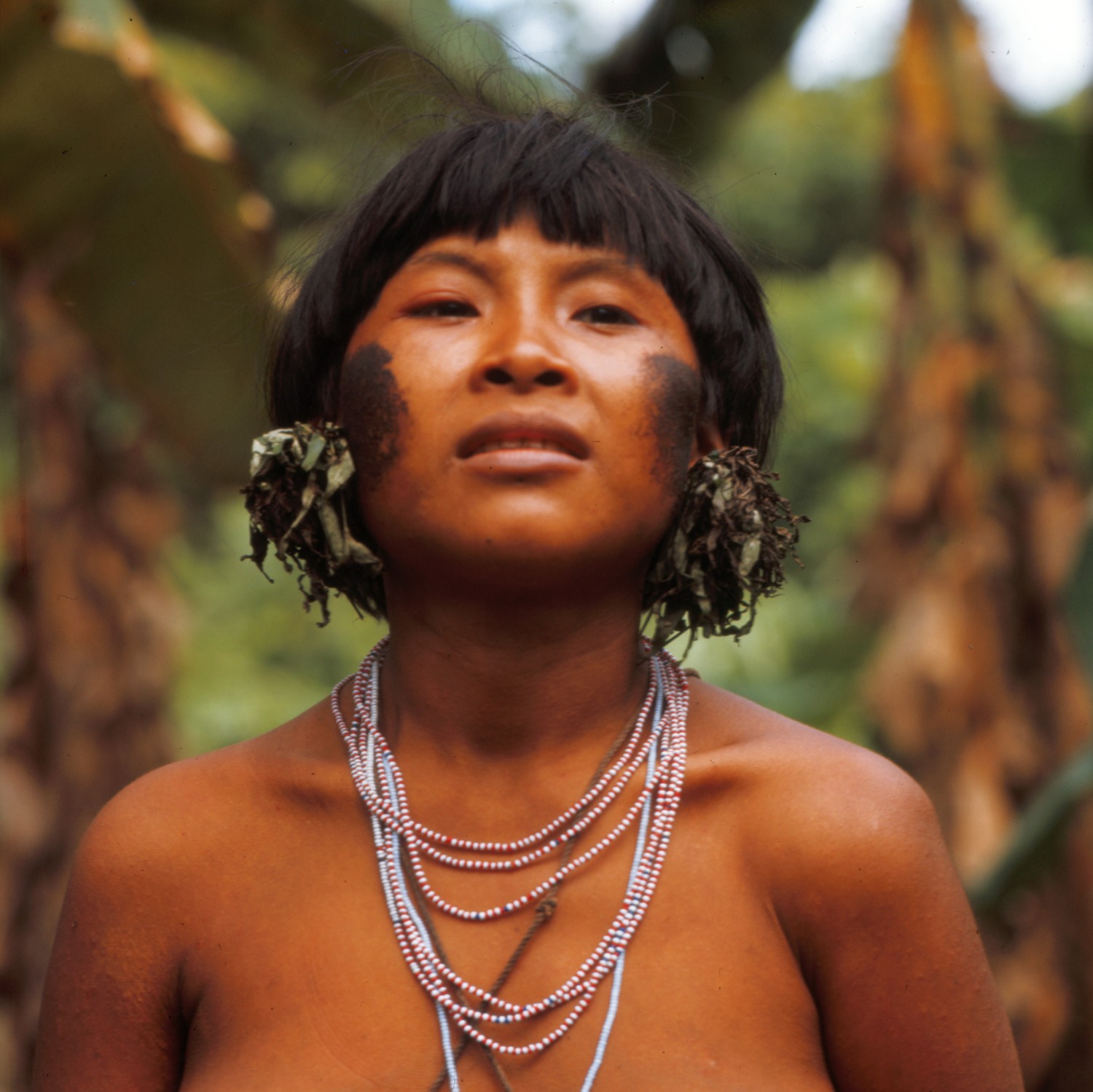 Portrait of a young woman with neck and ear jewelry; Yanomami, Venezuela, South America; Photo: Hermann Schlenker, 1969
Portrait of a young woman with neck and ear jewelry; Yanomami, Venezuela, South America; Photo: Hermann Schlenker, 1969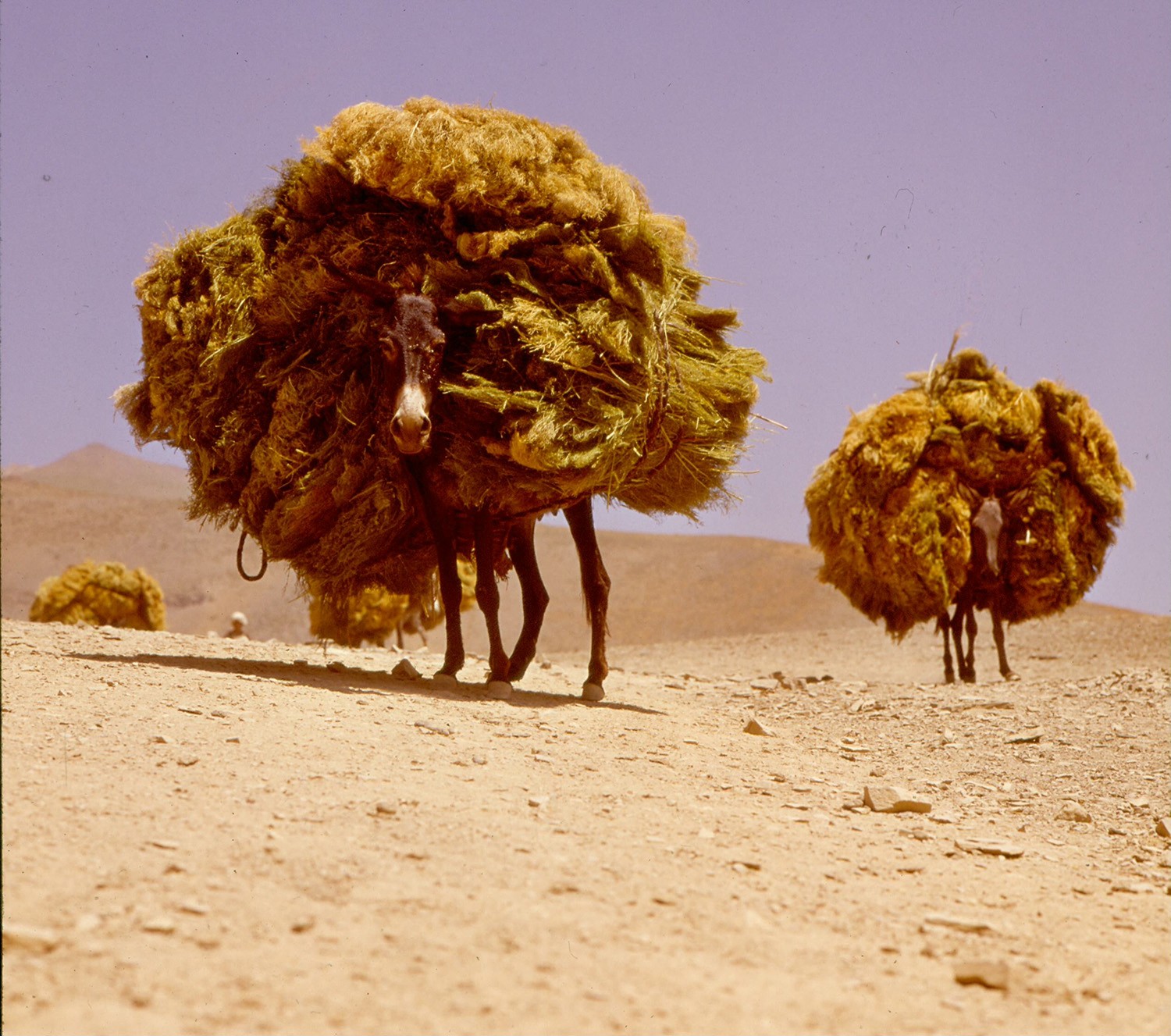 Donkeys loaded with grass; Pamir, Afghanistan, Central Asia; Photo: Hermann Schlenker, 1963
Donkeys loaded with grass; Pamir, Afghanistan, Central Asia; Photo: Hermann Schlenker, 1963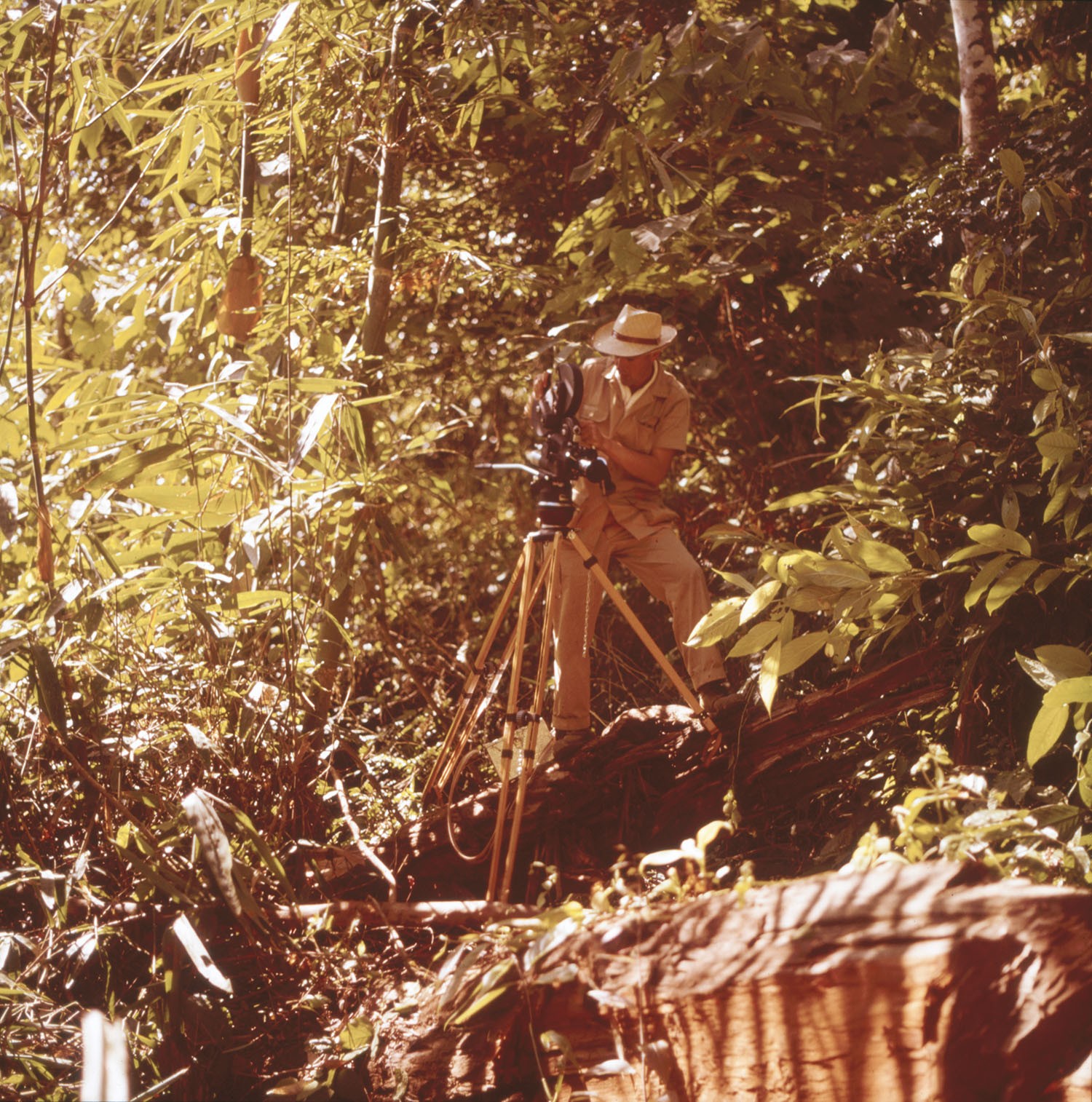 Hermann Schlenker filming; Chiang Rai, Thailand, Southeast Asia; Photo: nicht dokumentiert, 1965
Hermann Schlenker filming; Chiang Rai, Thailand, Southeast Asia; Photo: nicht dokumentiert, 1965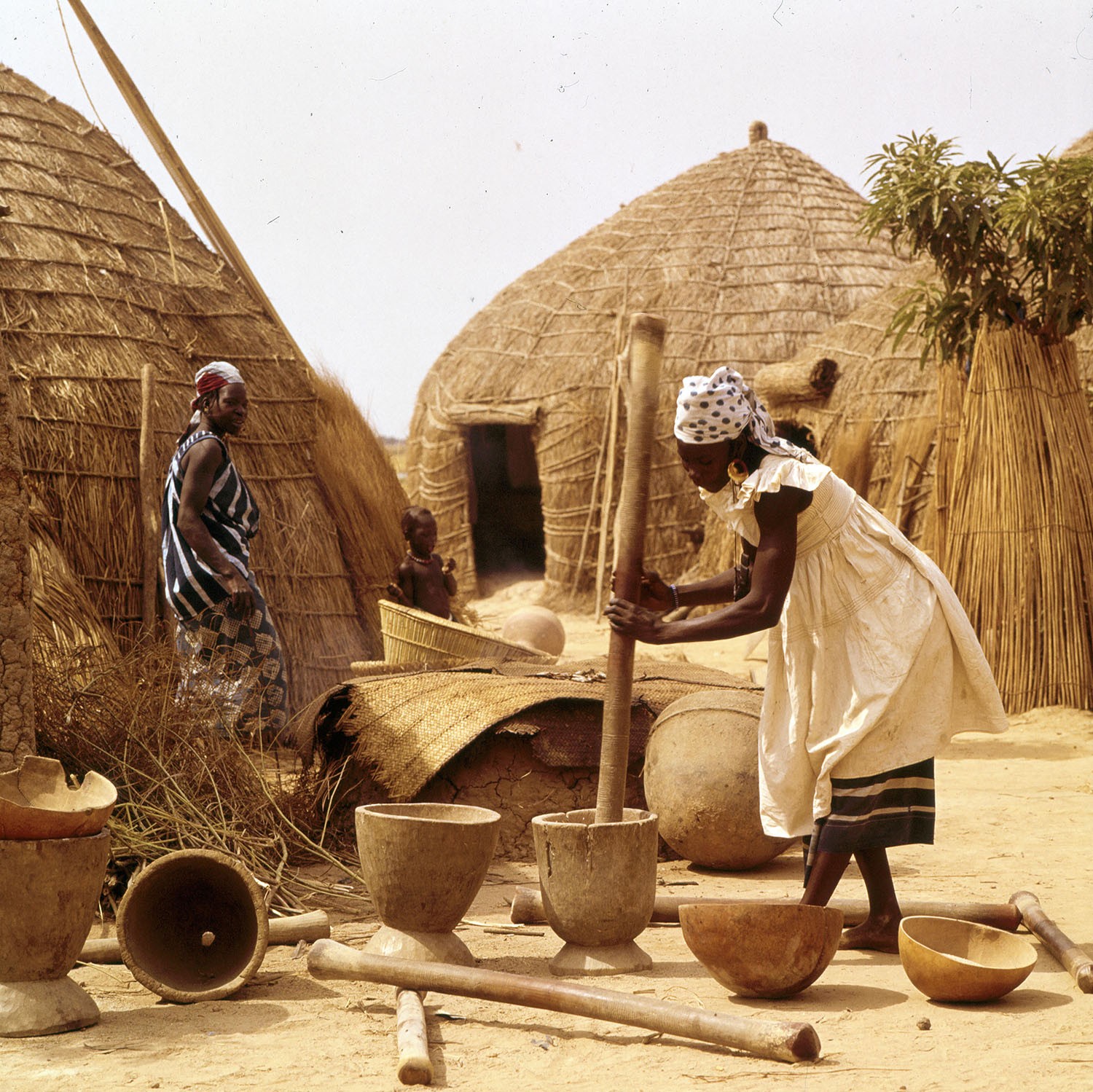 Mashing millet; Bozo, Mali, West Africa; Photo: Hermann Schlenker, 1966
Mashing millet; Bozo, Mali, West Africa; Photo: Hermann Schlenker, 1966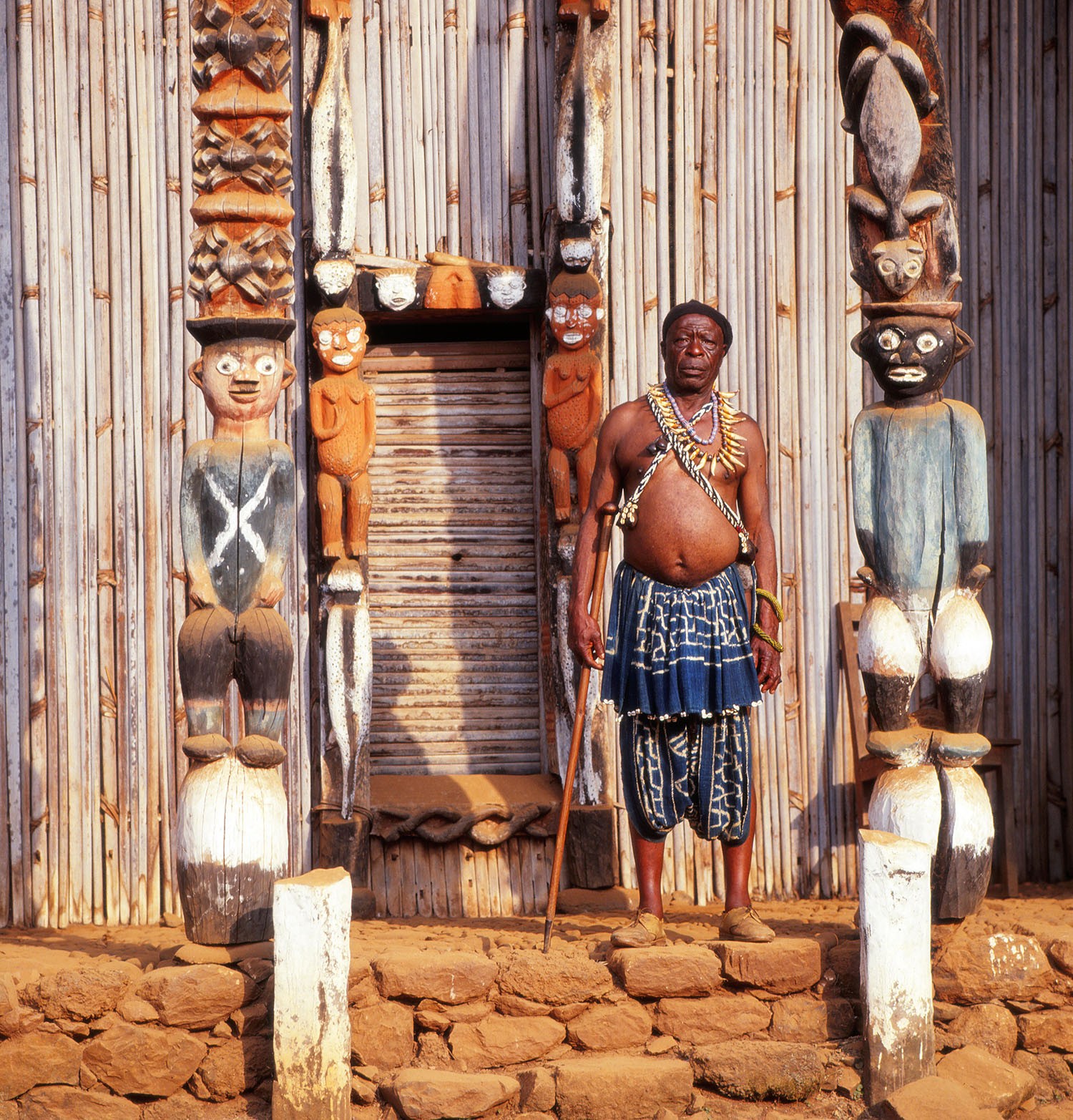 King in front of the entrance of his palace; Tikar, Kamerun, West Africa; Photo: Hermann Schlenker, 1978
King in front of the entrance of his palace; Tikar, Kamerun, West Africa; Photo: Hermann Schlenker, 1978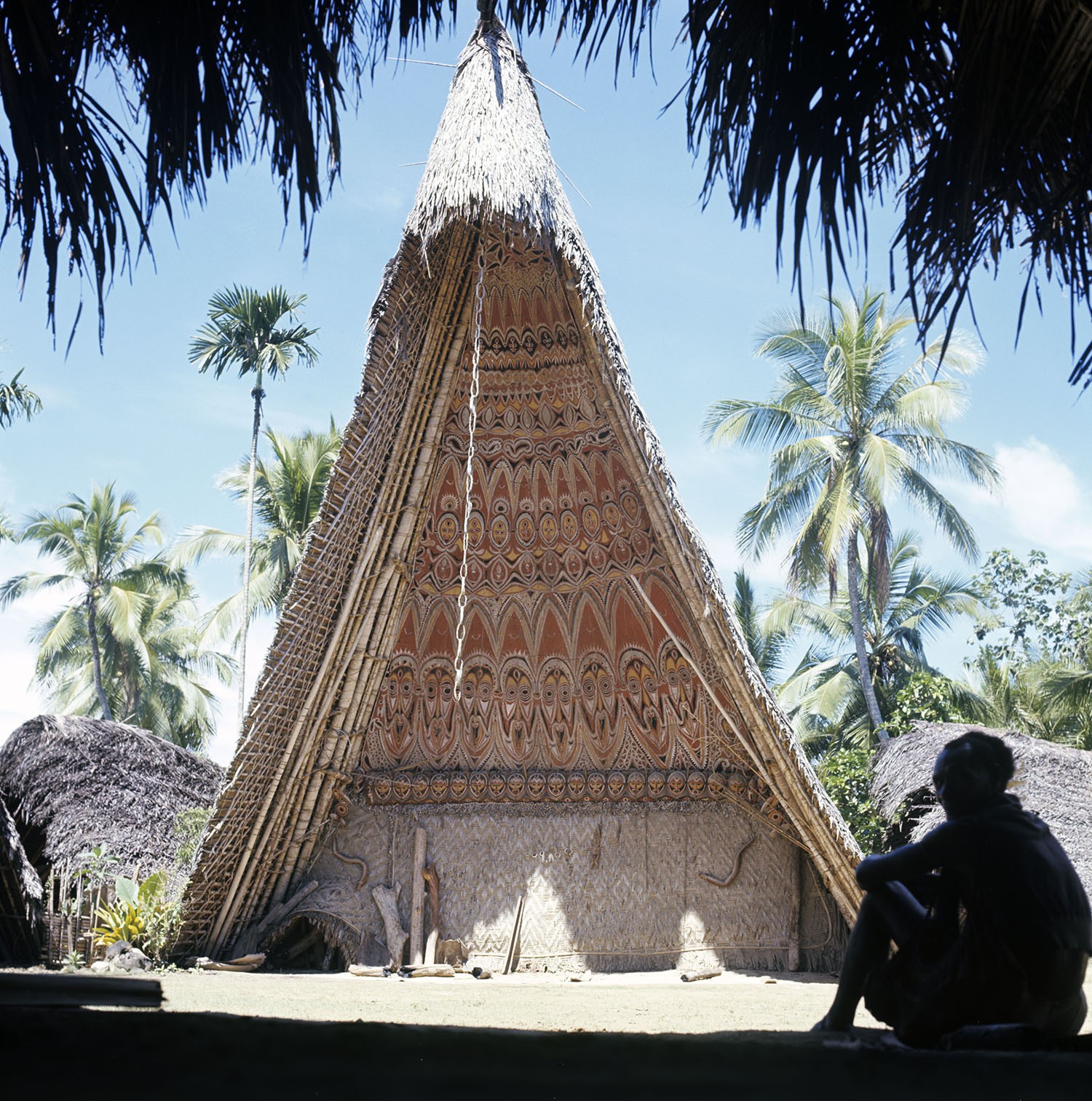 Men's house; Maprik, East Sepik, Papua-Neuguinea; Photo: Hermann Schlenker, 1973/74
Men's house; Maprik, East Sepik, Papua-Neuguinea; Photo: Hermann Schlenker, 1973/74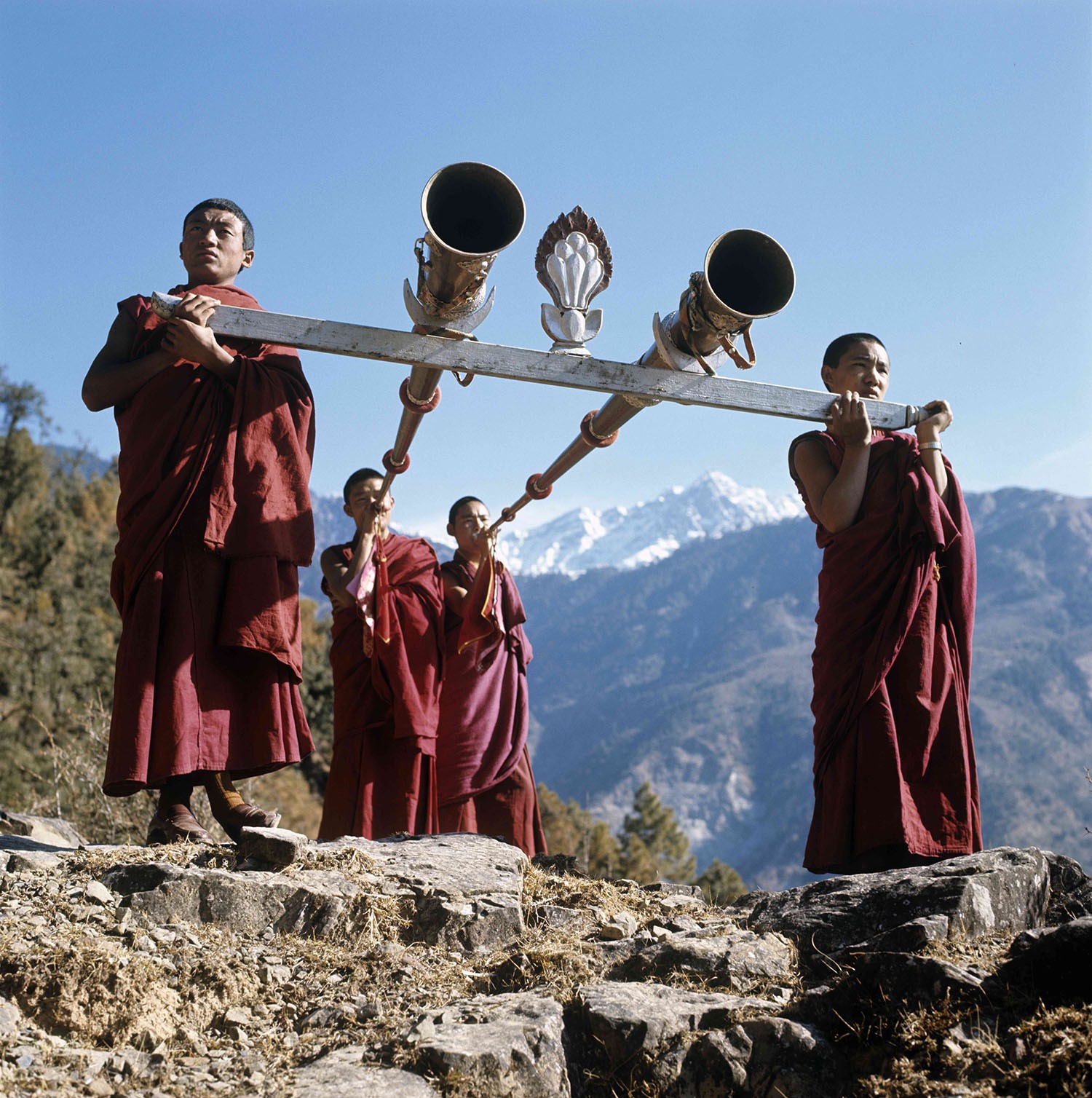 Tibetan monks playing dungchen (long trumpets); Tibet, Dharamsala, Himachal Pradesh, India; Photo: Hermann Schlenker, 1972
Tibetan monks playing dungchen (long trumpets); Tibet, Dharamsala, Himachal Pradesh, India; Photo: Hermann Schlenker, 1972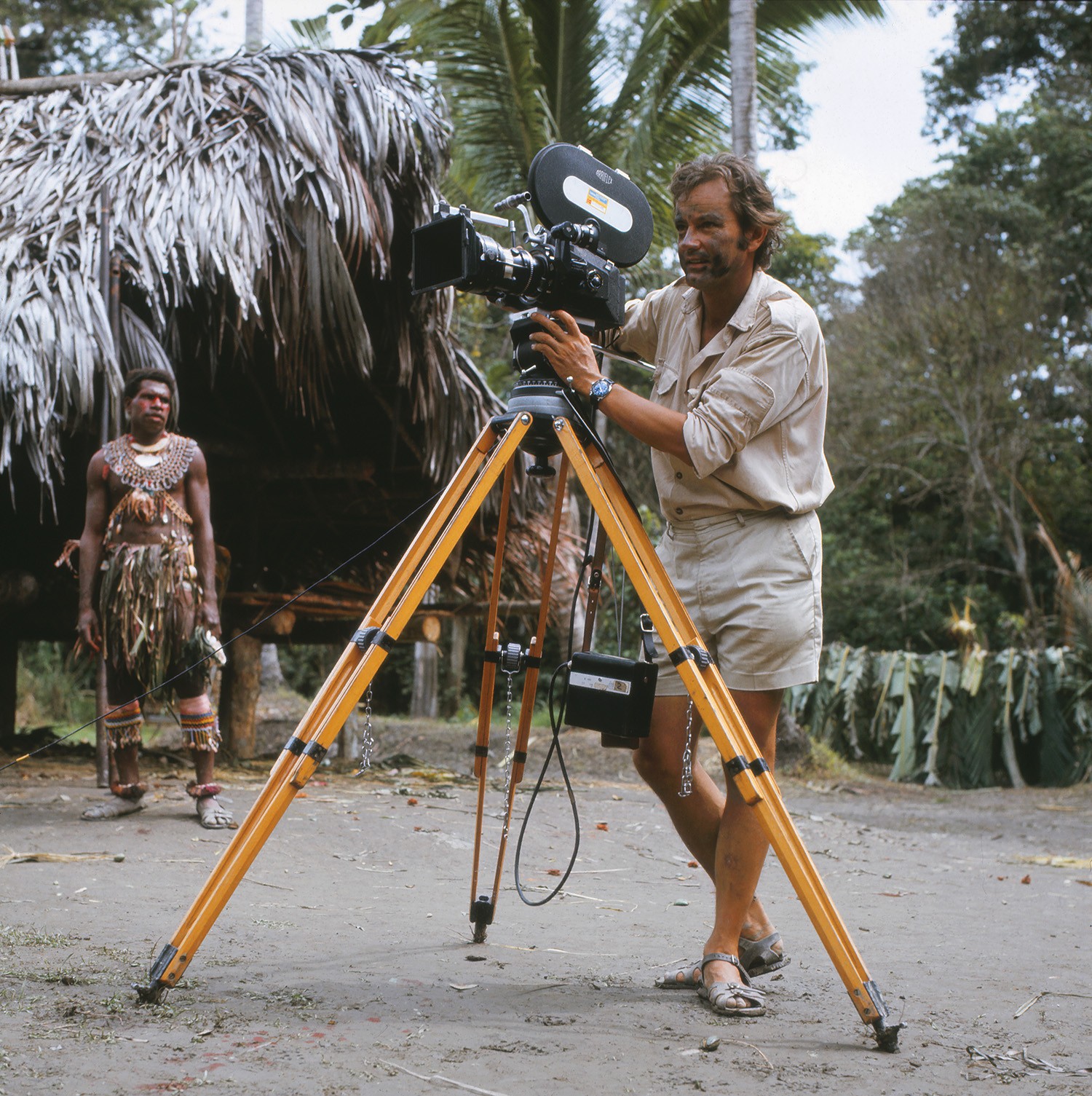 Hermann Schlenker; Japanaut, New Guinea, 1973/74; Photo: unknown
Hermann Schlenker; Japanaut, New Guinea, 1973/74; Photo: unknown

